Traditional design approaches often begin with external inspiration—Pinterest boards, magazine spreads, or trending color palettes that promise to transform your space. However, the most enduring and personally meaningful interiors emerge from an entirely different source: your own memories and the emotions they carry.
This comprehensive guide explores how memory-driven design creates spaces that feel authentically yours, examining both the psychological foundations and practical applications of styling based on personal history rather than external trends.
Understanding Memory-Based Design
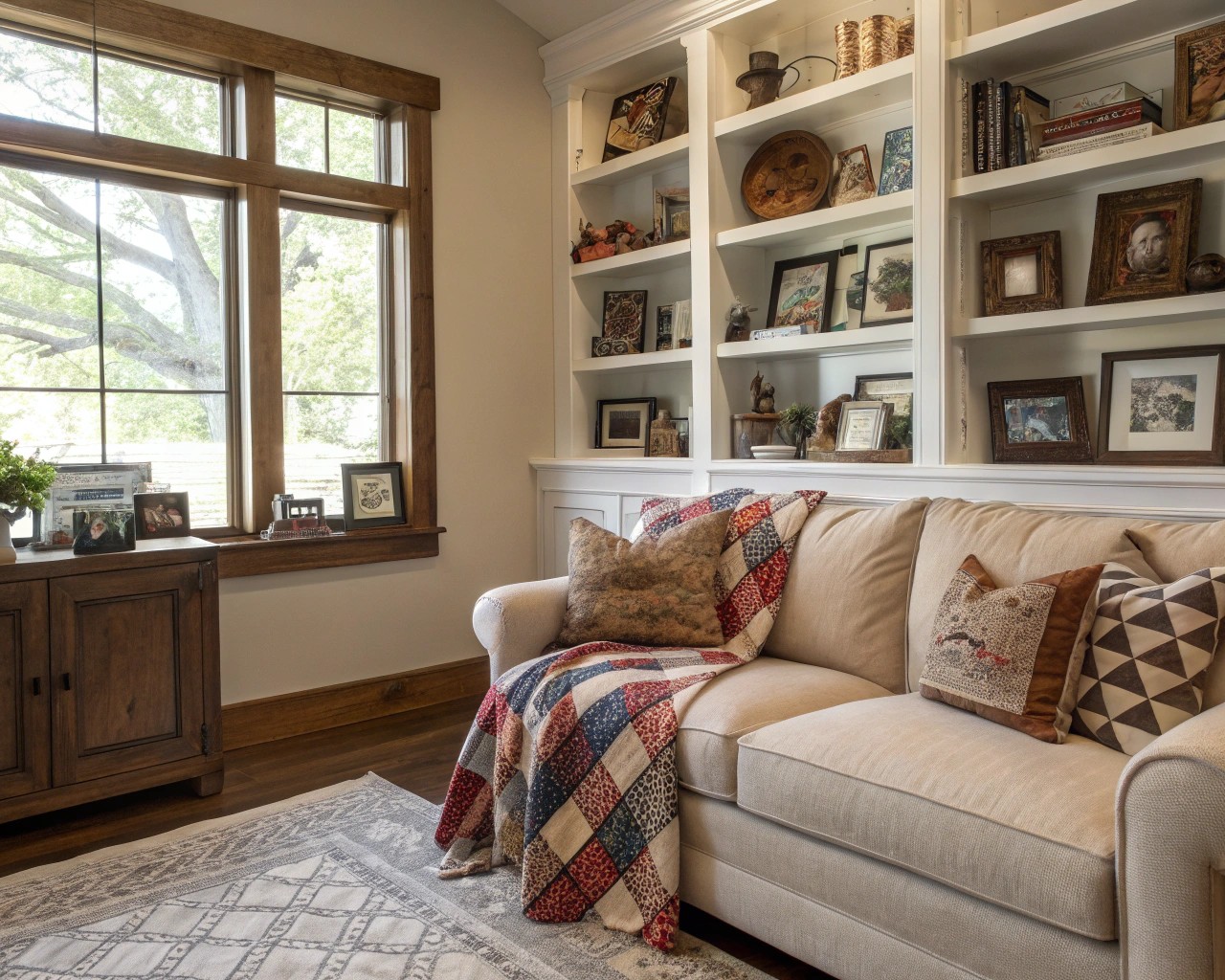
Memory-based design represents a fundamental shift from aesthetic-first approaches to emotionally-grounded spatial planning. Rather than selecting elements based solely on visual appeal, this methodology prioritizes the emotional resonance and personal significance of design choices.
The core principle centers on what researchers term “emotional design”—the understanding that our most powerful connections to spaces arise from their ability to evoke specific memories and feelings. When we encounter environments that trigger positive emotional memories, our brains release the same neurochemical responses associated with the original experience, creating an immediate sense of comfort and belonging.
This approach differs markedly from mood board-driven design in several key ways:
- Personal Relevance: Every element connects to your specific life experiences rather than generic aesthetic trends
- Emotional Depth: Spaces evoke genuine feelings rather than superficial visual pleasure
- Timeless Appeal: Memory-based choices resist the fickleness of design trends
- Authentic Expression: Your space genuinely reflects who you are, not who magazines suggest you should be
The methodology also aligns with sustainable design principles, as memory-driven choices often involve repurposing meaningful objects and materials rather than purchasing new items.
The Science Behind Memory and Space
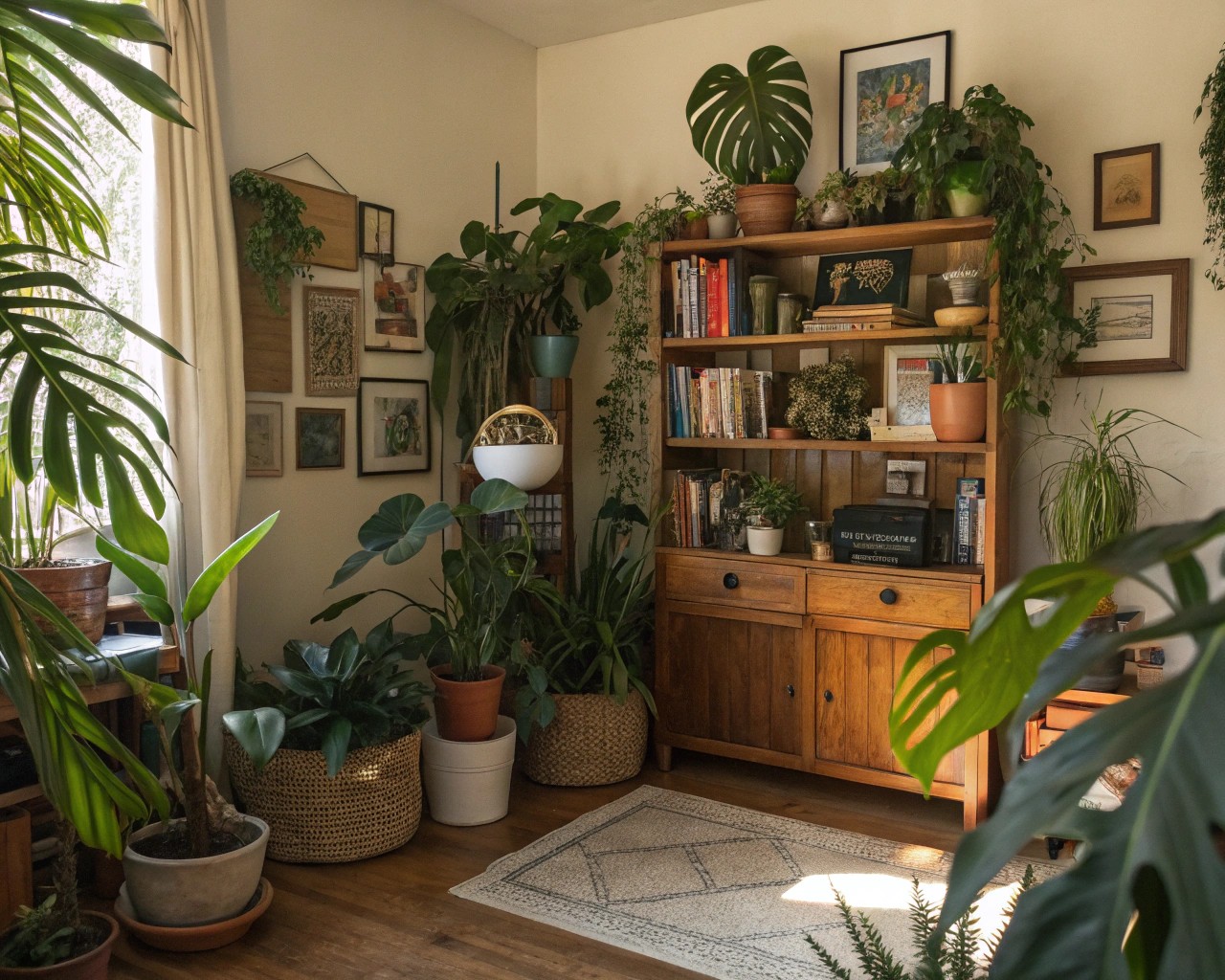
Neuroscience research reveals that emotions significantly impact our memory formation and recall processes. The brain’s limbic system, which processes emotions, works in close coordination with the hippocampus, responsible for memory consolidation. This neurological partnership explains why emotionally charged experiences persist in our memories far beyond neutral events.
When applied to interior design, this scientific understanding becomes practically transformative. Spaces designed around positive memories can:
- Enhance Well-being: Familiar elements trigger the release of comfort-associated neurotransmitters
- Improve Cognitive Function: Recognition of meaningful objects and arrangements strengthens neural pathways
- Reduce Stress: Memory-based environments provide psychological anchoring during periods of change
- Strengthen Identity: Surroundings that reflect personal history reinforce self-concept and belonging
Research specifically examining interior spaces demonstrates that environments incorporating biomorphic elements—natural forms that echo childhood memories of outdoor spaces—show measurably higher recognition rates and pleasantness scores compared to purely geometric designs. This finding underscores the power of memory-triggered design choices.
The multisensory nature of memory also plays a crucial role. Effective memory-based design engages multiple senses simultaneously, as our brains store memories through complex sensory networks. A space might trigger childhood memories through the texture of worn wood, the scent of lavender, or the sound of wind chimes—all working together to create a cohesive emotional experience.
Identifying Your Memory Palette
Before implementing memory-based design, you must first excavate and catalog your most significant spatial memories. This process requires both introspection and systematic documentation.
Memory Mapping Exercise
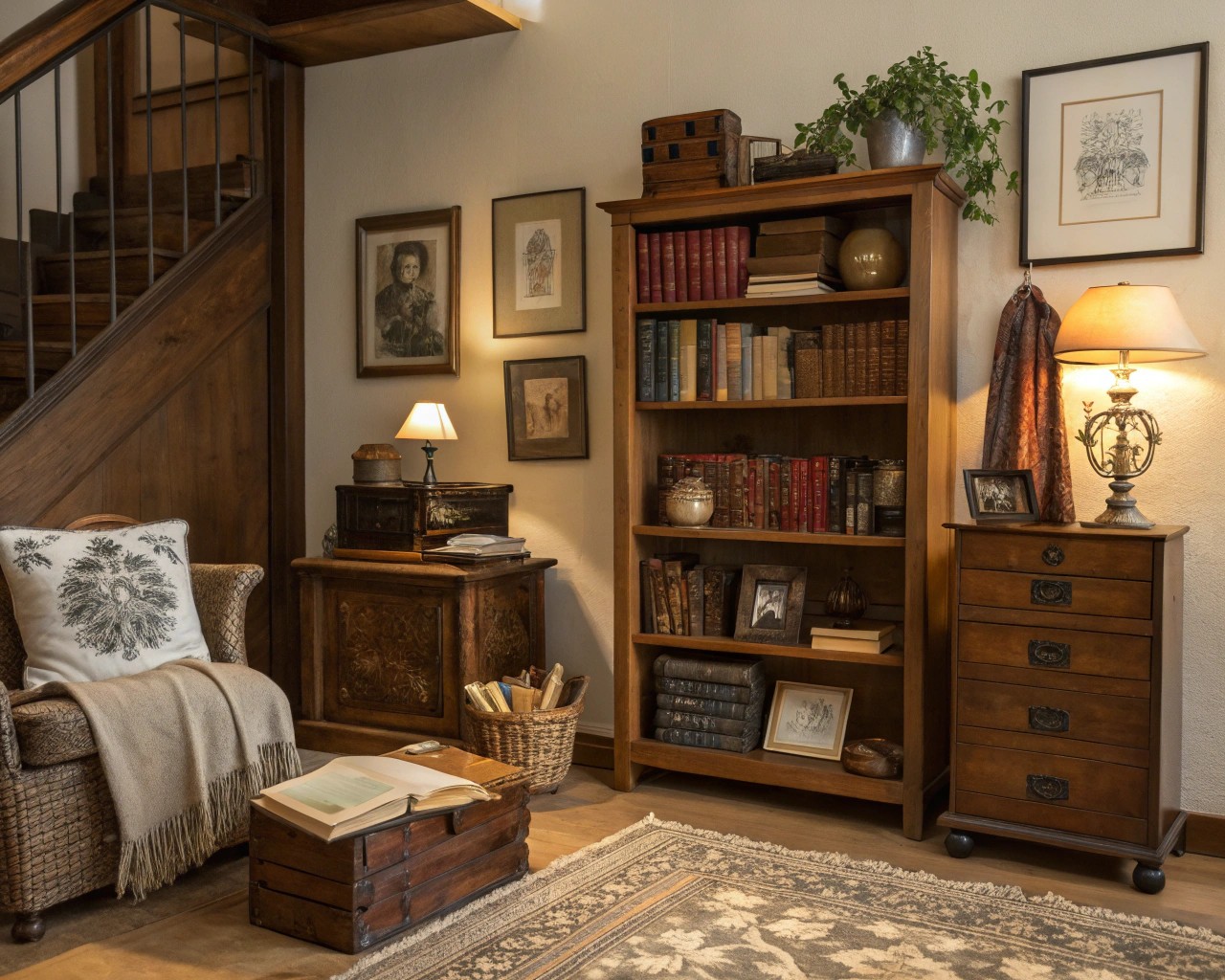
Begin by creating a chronological inventory of meaningful spaces from your life. Consider these categories:
Childhood Environments
– Your family home’s specific rooms and their unique characteristics
– Favorite outdoor spaces, gardens, or natural areas
– School environments that felt particularly welcoming or inspiring
– Grandparents’ homes or other frequently visited spaces
Transitional Periods
– First apartment or college dorm arrangements
– Spaces associated with major life changes or achievements
– Travel destinations that left lasting impressions
– Workspaces where you felt most productive or content
Sensory Memories
– Specific textures, scents, or sounds associated with comfort
– Lighting conditions that evoke positive emotions
– Color combinations from meaningful experiences
– Natural elements that trigger pleasant recollections
I often recommend clients spend several weeks documenting these memories as they surface naturally. Keep a dedicated notebook or digital file where you can record both obvious and subtle memory triggers as they emerge in daily life.
Emotional Categorization
Once you’ve compiled your memory inventory, organize these recollections by the emotions they evoke:
| Emotion Category | Design Applications | Example Elements |
|---|---|---|
| Security/Comfort | Cozy seating areas, enclosed spaces | Deep armchairs, reading nooks, warm textiles |
| Joy/Celebration | Social gathering spaces, bright accents | Dining areas, colorful artwork, statement lighting |
| Tranquility/Peace | Meditation corners, natural elements | Water features, soft textures, neutral palettes |
| Inspiration/Creativity | Workspace design, display areas | Organized storage, natural light, vision boards |
| Connection/Love | Family spaces, memory displays | Photo galleries, heirloom furniture, shared activities areas |
This categorization helps you understand which emotional tones your space should emphasize and where different memory-inspired elements might be most effective.
Practical Applications for Different Spaces
Memory-based design principles adapt differently across various room types and functions. Understanding these applications allows you to create cohesive yet varied experiences throughout your home.
Living Areas: Gathering and Connection
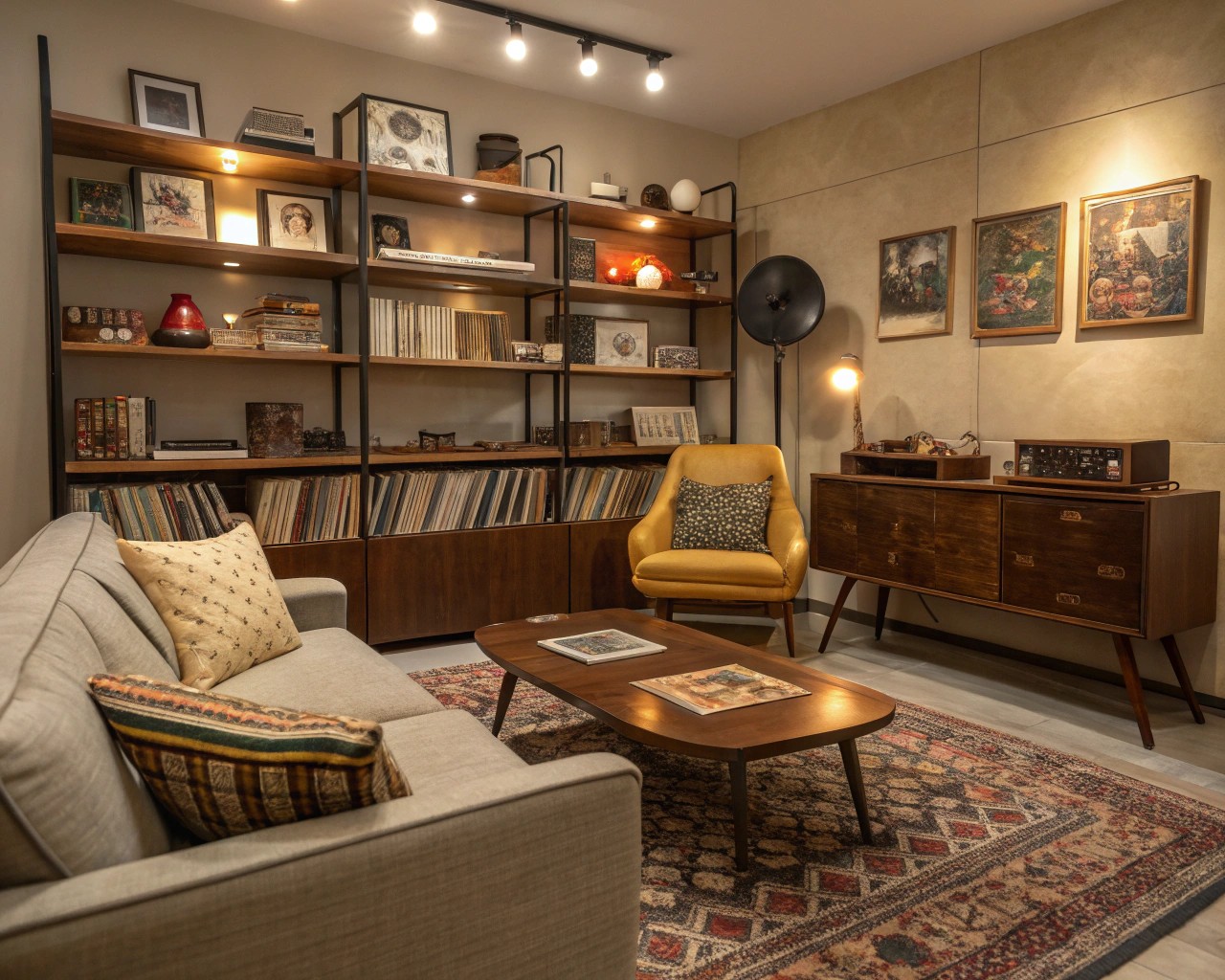
Living rooms serve as the primary social hub, making them ideal spaces for memories related to connection, celebration, and shared experiences. Consider how childhood family rooms or memorable social spaces can inform your current design choices.
Seating Arrangements: If warm family dinners around a large table feature prominently in your memory palette, prioritize conversational seating arrangements over media-focused layouts. Arrange furniture to encourage face-to-face interaction, perhaps echoing the semicircular seating you remember from your grandmother’s parlor.
Lighting Strategies: Memory-based lighting often emphasizes warm, layered illumination reminiscent of golden hour or candlelit gatherings. Avoid harsh overhead lighting in favor of table lamps, floor lamps, and accent lighting that recreates the cozy atmospheres of your most cherished social memories.
Texture Integration: Incorporate tactile elements that trigger positive memories—perhaps a throw blanket similar to one from childhood, or cushions with fabrics that echo meaningful garments or textiles from your past.
Bedrooms: Rest and Reflection
Bedrooms benefit from memories associated with safety, comfort, and peaceful solitude. These spaces should evoke your most restful and secure memory experiences.
Color Psychology: Instead of following trending bedroom colors, select hues that appear in your most peaceful memories. This might be the soft blue of a childhood bedroom, the warm beige of a grandparent’s guest room, or the gentle green of a favorite outdoor retreat space.
Natural Elements: If outdoor spaces feature prominently in your comfort memories, integrate biophilic elements that echo these experiences. A small potted plant on the nightstand might reference a beloved garden, while natural wood furniture could evoke memories of a peaceful cabin retreat.
Personal Artifacts: Thoughtfully display meaningful objects—perhaps a special book, a piece of inherited jewelry, or artwork that connects to positive memories. These elements should be visible from the bed, creating a sense of personal sanctuary.
Kitchen and Dining: Nourishment and Tradition
Food-related spaces carry particularly powerful memory associations, often connecting to family traditions, cultural heritage, and nurturing experiences.
Material Choices: If you have strong memories of cooking with a grandmother who used well-worn wooden spoons and marble rolling pins, incorporate similar materials and textures into your kitchen design. These choices create subconscious connections to positive culinary experiences.
Display Strategies: Create memory walls or open shelving that showcases meaningful objects—perhaps vintage serving pieces, family recipes displayed in frames, or cookbooks with special significance.
Herb and Plant Integration: Grow herbs that feature in family recipes or regional cuisine from your heritage. The scents and textures of these plants will trigger positive food-related memories while serving practical purposes.
Memory-Driven Plant and Material Selection
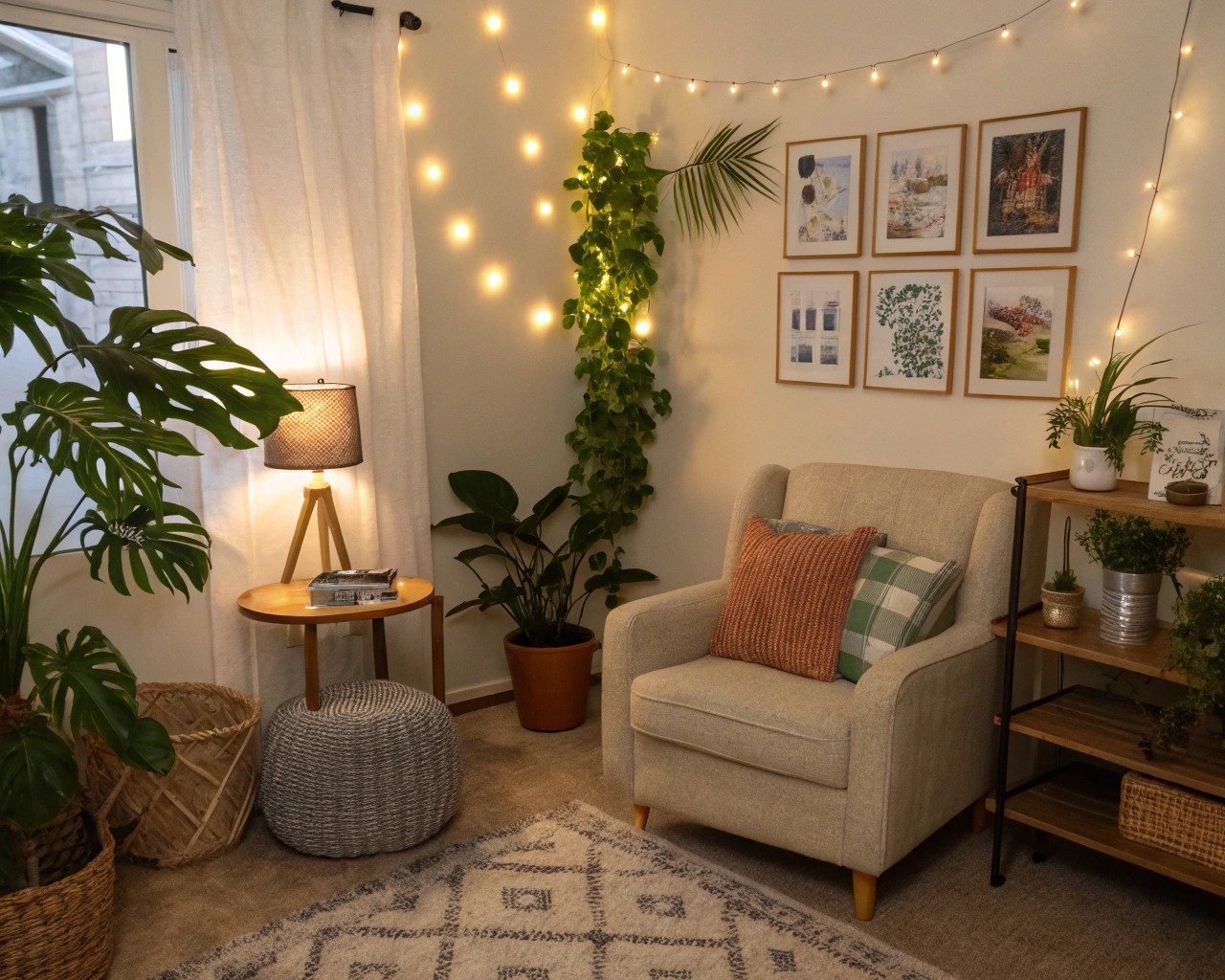
Garden and plant choices offer particularly rich opportunities for memory-based design, as natural elements often carry deep emotional associations and multisensory triggers.
Plant Selection by Memory Association
Aromatic Memory Triggers
Plants with distinctive scents can powerfully evoke specific memories and emotions. Consider these memory-scent connections:
- Lavender: Often associated with childhood bedtime routines or grandmothers’ sachets
- Rosemary: May trigger memories of family cooking traditions or Mediterranean travels
- Mint: Could evoke summer garden memories or special holiday drinks
- Jasmine: Might connect to romantic memories or warm evening experiences
Textural Connections
Different plant textures can trigger tactile memories from childhood or significant life experiences:
- Lamb’s Ear: Soft, fuzzy leaves often remind adults of childhood discovery in gardens
- Ornamental Grasses: May evoke memories of running through meadows or prairie landscapes
- Succulents: Could trigger memories of desert travels or grandmother’s windowsill gardens
- Ferns: Often connect to memories of forest walks or shaded garden retreats
Seasonal Memory Integration
Align plant choices with the seasonal memories that hold particular significance for you:
- Spring Bulbs: If childhood Easter celebrations hold special meaning, prioritize daffodils, tulips, and crocuses
- Summer Annuals: Choose flowers that featured in meaningful summer experiences—perhaps marigolds from a school garden or sunflowers from a family farm
- Autumn Foliage: Select trees and shrubs that echo memorable fall experiences—oak leaves for harvest festivals or maple for New England childhood memories
- Winter Interest: Include evergreens or plants with winter berries that connect to holiday traditions or winter comfort memories
Material Memory Connections
Natural Material Applications
Building materials and finishes can powerfully evoke spatial memories:
- Worn Wood: Weathered wood surfaces often trigger memories of beloved family homes, grandparents’ porches, or favorite vacation cabins
- Natural Stone: Different stone types evoke various geographical and emotional memories—limestone for rolling countryside, granite for mountain retreats, river rock for stream-side experiences
- Clay and Terra Cotta: These materials often connect to memories of pottery classes, Mediterranean travels, or desert landscapes
- Woven Textiles: Incorporate fabrics that echo cultural heritage or family traditions—perhaps wool blankets reminiscent of Scottish ancestry or cotton quilts from Southern family heritage
Vintage and Heirloom Integration
Meaningful objects from your personal or family history require thoughtful integration strategies:
- Furniture Restoration: Rather than discarding inherited pieces that don’t match current trends, consider how they might be refinished or reupholstered to work within your memory-based design scheme
- Functional Repurposing: Transform meaningful objects into functional elements—an old wooden toolbox becomes a planter, vintage suitcases become storage ottomans
- Display Strategies: Create designated areas for rotating displays of meaningful objects, allowing you to honor different memories throughout the seasons
Creating Memory Anchors in Your Home
Memory anchors serve as deliberate focal points that trigger specific positive recollections and emotional responses. These elements function as psychological touchstones, providing comfort and continuity throughout life’s changes.
Dedicated Memory Zones
Memory Walls and Galleries
Creating intentional display areas for meaningful photographs, documents, and small objects provides ongoing connection to cherished experiences. Effective memory walls follow these principles:
- Cohesive Design Elements: Use consistent frame styles, colors, or arrangements to create visual unity while showcasing diverse memories
- Layered Storytelling: Combine photographs with related objects—ticket stubs, pressed flowers, or small souvenirs—to create rich narrative displays
- Accessible Placement: Position memory walls at eye level in frequently traveled areas, ensuring regular encounters with these positive triggers
- Rotation Capability: Design display systems that allow for easy updates, enabling you to feature different memories throughout the year
Seasonal Memory Integration
Align certain display elements with seasonal cycles, rotating objects and images that connect to specific times of year. This practice reinforces the cyclical nature of memory while keeping your displays fresh and engaging.
Sensory Memory Stations

Scent and Sound Integration
Deliberate inclusion of specific scents and sounds can dramatically enhance memory activation:
- Essential Oil Diffusers: Use scents that trigger positive memories—perhaps pine for Christmas traditions, ocean breeze for summer vacations, or vanilla for baking with family
- Sound Elements: Small water features, wind chimes, or hidden speakers playing nature sounds can recreate auditory memories from meaningful places
- Textural Stations: Include areas where you can physically interact with meaningful textures—smooth river stones from a favorite beach, soft fabric from a cherished garment, or carved wood from a meaningful object
Interactive Memory Elements
Create spaces that encourage active engagement with memory-triggering activities:
- Reading Nooks: Design comfortable spaces for engaging with books that hold special significance, perhaps surrounded by objects from the same time period or life phase
- Craft Stations: Set up areas for activities that connect to positive memories—sketching, knitting, woodworking, or other hands-on pursuits that evoke childhood or family traditions
- Meditation Corners: Designate quiet spaces for reflection, surrounded by objects and elements that trigger peaceful, centering memories
Seasonal Memory Integration
Seasonal changes provide natural opportunities to refresh and reactivate different memory triggers throughout the year. This cyclical approach prevents memory-based design from becoming static while honoring the natural rhythms that often feature prominently in our most cherished recollections.
Spring: Renewal and Growth Memories
Spring design refreshes often center on memories of new beginnings, family traditions, and natural awakening:
Plant Integration: If spring gardening with family members features prominently in your memory palette, prioritize early-blooming bulbs and flowering trees that echo these experiences. Consider forcing bulbs indoors to extend the season of spring memory triggers.
Cleaning and Renewal Rituals: Transform the traditional concept of spring cleaning into a memory-refreshing practice. Rotate displayed objects to feature spring-related memories, refresh scent elements to include floral or green notes, and rearrange furniture to maximize natural light—often a key component of spring memory experiences.
Color Temperature Adjustments: Gradually transition from winter’s warm, cozy lighting to spring’s brighter, more energetic illumination. This shift should echo the seasonal emotional transitions featured in your memory landscape.
Summer: Connection and Adventure
Summer memory integration often emphasizes outdoor experiences, social gatherings, and extended daylight hours:
Outdoor Living Extensions: If summer memories center on porch sitting, backyard gatherings, or outdoor meals, prioritize design elements that blur indoor-outdoor boundaries. This might include houseplants that echo outdoor gardens, natural ventilation strategies, or furniture that can easily move between indoor and outdoor spaces.
Extended Light Management: Summer design often benefits from later sunset lighting and increased natural illumination. Adjust window treatments and artificial lighting to accommodate longer days while maintaining comfortable interior conditions.
Social Space Optimization: Reconfigure gathering areas to accommodate the larger groups and more casual interactions often associated with summer memories. This might mean expanding dining capabilities or creating more flexible seating arrangements.
Autumn: Reflection and Harvest
Fall memory integration typically focuses on contemplation, harvest traditions, and preparation for winter’s introspection:
Texture and Warmth Transitions: Begin incorporating heavier textiles, warmer colors, and more enclosed spaces that echo autumn’s drawing inward. These changes should reflect the seasonal emotional shifts present in your memory landscape.
Preservation and Storage: Autumn often triggers memories of preserving garden harvests, storing summer clothes, or preparing homes for winter. Integrate these practical activities into your design refresh, using them as opportunities to reconnect with meaningful objects and seasonal rhythms.
Lighting Transitions: As daylight hours decrease, shift toward warmer, more intimate lighting schemes that echo autumn evening memories—perhaps candlelit dinners, fireplace gatherings, or cozy reading sessions.
Winter: Introspection and Comfort
Winter design changes often emphasize memories of comfort, family gatherings, and quiet reflection:
Comfort Maximization: Emphasize the coziest elements of your memory palette—soft textures, warm colors, and enclosed spaces that provide psychological shelter during winter’s intensity.
Celebration Integration: Winter often includes major holidays and family traditions. Temporarily modify your space to accommodate these memory-rich celebrations while maintaining the overall coherence of your design approach.
Light and Warmth Strategies: Combat winter’s darkness with lighting schemes that echo your warmest, most comforting memories. This often means prioritizing multiple light sources, warm color temperatures, and illumination strategies that create intimate, nurturing environments.
Troubleshooting Common Challenges
Memory-based design, while deeply rewarding, presents unique challenges that require thoughtful solutions. Understanding these potential obstacles helps you navigate the process more effectively while maintaining the authentic, personal nature of this approach.
Balancing Multiple Memory Sources
Conflicting Memory Aesthetics
When meaningful memories span different time periods, geographic locations, or aesthetic styles, creating visual coherence requires careful strategy:
- Identify Common Threads: Look for underlying elements that connect disparate memories—perhaps color families, natural materials, or emotional tones that bridge different aesthetic periods
- Create Transitional Zones: Use neutral connecting spaces between areas that emphasize different memory themes, allowing each zone to maintain its distinct character while contributing to overall home coherence
- Scale and Proportion Adjustments: Sometimes disparate elements can coexist when their relative sizes are carefully calibrated—a small childhood memento can complement a large inherited furniture piece when proportions are thoughtfully managed
Family vs. Individual Memories
Homes shared with family members must accommodate multiple memory landscapes:
- Designated Personal Zones: Allocate specific areas where each family member can emphasize their individual memory preferences—perhaps personal bedrooms, study areas, or hobby spaces
- Collaborative Memory Areas: Identify shared positive memories that can inform common spaces—family vacation destinations, shared holiday traditions, or mutually enjoyed activities
- Rotation Systems: Develop schedules for featuring different family members’ memory emphases in shared spaces, ensuring everyone feels represented over time
Managing Emotional Intensity
Overwhelming Nostalgia
Sometimes memory-based design can trigger unexpectedly intense emotional responses:
- Gradual Integration: Introduce memory-triggering elements slowly, allowing yourself time to adjust to their emotional impact before adding additional triggers
- Balance with Present-Focused Elements: Combine memory-based choices with contemporary functional elements that anchor you in current life circumstances
- Professional Support: If memory integration triggers difficult emotions or excessive dwelling on the past, consider working with a counselor who understands the relationship between environment and emotional well-being
Grief and Loss Management
Memories associated with deceased loved ones or lost life phases require especially sensitive handling:
- Timing Considerations: Allow adequate processing time after major losses before integrating associated memory elements into your living space
- Celebration vs. Mourning: Focus on memory elements that celebrate positive aspects of relationships or experiences rather than emphasizing loss or absence
- Support Network Integration: Share your memory-based design process with trusted friends or family members who can provide perspective and emotional support
Practical Implementation Issues
Budget Constraints
Memory-based design often involves custom solutions or specialized objects that can strain typical decorating budgets:
- DIY Memory Projects: Many memory-triggering elements can be created rather than purchased—hand-lettered quotes, photo collages, or restored family furniture often carry more emotional weight than expensive purchased items
- Prioritization Strategies: Focus spending on the memory triggers that provide the strongest emotional response, supplementing with less expensive elements that support the overall theme
- Time vs. Money Trade-offs: Often, memory-based design requires more time investment than money—researching family history, locating specific plants, or learning restoration techniques can substitute for purchasing power
Maintenance and Evolution
Memory-based elements often require different care than standard decorating choices:
- Living Element Care: Plants chosen for memory significance may require specialized growing conditions or seasonal care that differs from typical houseplant maintenance
- Vintage Item Preservation: Meaningful older objects may need restoration, special cleaning, or protective display strategies to maintain their condition over time
- Memory Relevance Updates: As life progresses and new significant memories form, your design should evolve to incorporate these experiences while maintaining connection to foundational memory themes

